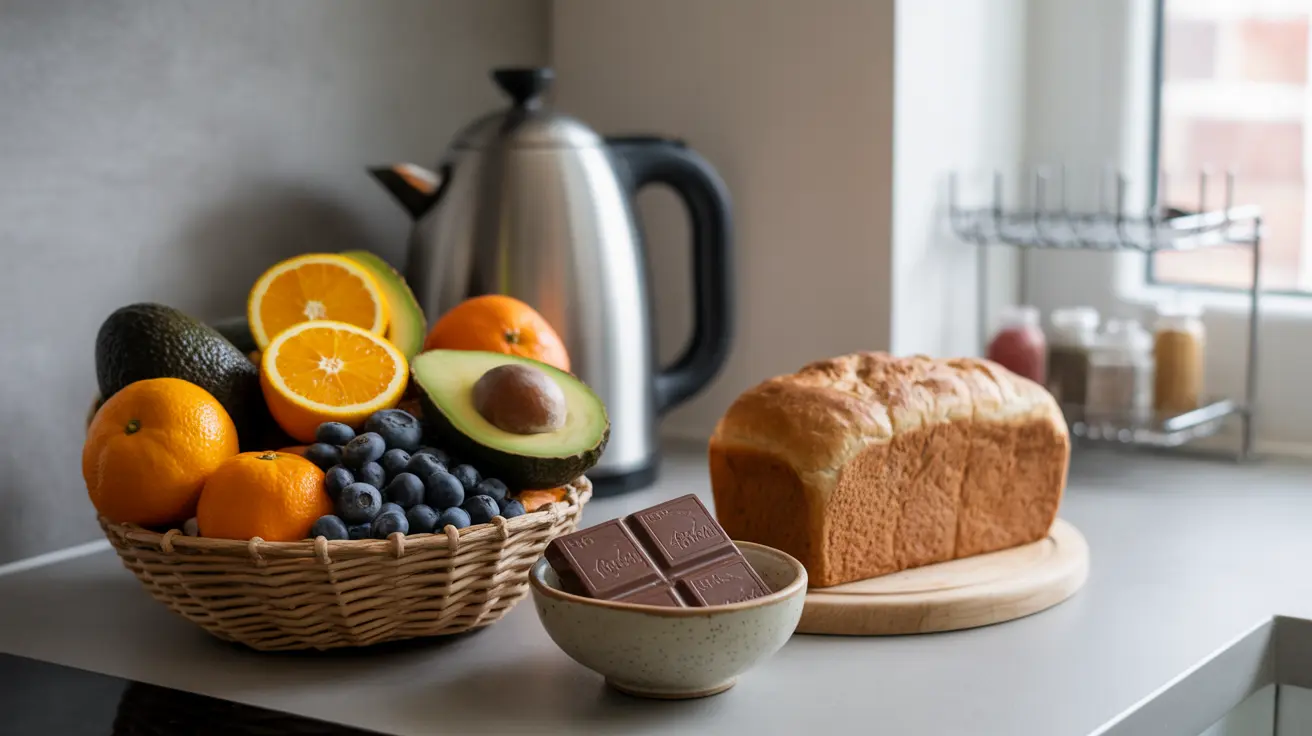The 80/20 rule diet has emerged as a refreshing alternative to restrictive eating plans, offering a more sustainable approach to weight management and healthy living. This flexible eating pattern allows you to focus on nutritious foods 80% of the time while enjoying your favorite treats for the remaining 20%, creating a balanced relationship with food that can lead to long-term success.
Understanding this practical approach to nutrition can help you achieve your health goals without the stress and limitations often associated with traditional diets. Let's explore how the 80/20 rule diet works and why it might be the right choice for your lifestyle.
Understanding the 80/20 Rule Diet Basics
The 80/20 rule diet, also known as the Pareto principle applied to nutrition, emphasizes eating nutrient-dense, whole foods 80% of the time while allowing for less nutritious options during the remaining 20%. This approach recognizes that perfection isn't necessary for achieving health and weight loss goals.
For example, in a week of 21 meals, about 17 would focus on healthy, nutritious foods, while 4 meals could include more indulgent choices. This flexibility helps prevent the feelings of deprivation that often lead to diet abandonment.
The 80%: Focusing on Nutritious Foods
During the 80% portion of your diet, focus on these key food groups:
- Lean proteins (chicken, fish, legumes, tofu)
- Whole grains (quinoa, brown rice, oats)
- Fresh fruits and vegetables
- Healthy fats (avocados, nuts, olive oil)
- Low-fat dairy or dairy alternatives
The 20%: Managing Your Treat Meals
The 20% portion allows for flexibility and enjoyment of foods that might not fit into the "healthy" category. This could include:
- Restaurant meals
- Desserts
- Processed snacks
- Alcoholic beverages
- Higher-calorie comfort foods
The key is moderation and mindful consumption during these treat meals, rather than viewing them as "cheat meals" that lead to overindulgence.
Benefits of the 80/20 Approach
The 80/20 rule diet offers several advantages over more restrictive eating plans:
- Improved long-term sustainability
- Better psychological relationship with food
- Reduced stress around eating
- More social flexibility
- Easier maintenance of healthy habits
Implementation Strategies
To successfully implement the 80/20 rule diet:
- Plan your meals in advance
- Practice portion control for both healthy and treat meals
- Listen to your body's hunger and fullness cues
- Focus on quality ingredients during the 80% portion
- Track your meals to maintain the proper ratio
Frequently Asked Questions
What is the 80/20 rule diet and how does it work for weight loss?
The 80/20 rule diet involves eating nutritious, whole foods 80% of the time while allowing for less healthy options during the remaining 20%. It supports weight loss by creating a sustainable calorie deficit through mostly healthy eating while preventing the psychological stress of strict dieting.
What kind of foods should I eat during the 80% healthy part of the 80/20 diet?
During the 80% portion, focus on whole, unprocessed foods including lean proteins, fruits, vegetables, whole grains, and healthy fats. These foods provide essential nutrients while generally being lower in calories than processed alternatives.
Can the 80/20 rule diet help with long-term weight maintenance and is it sustainable?
Yes, the 80/20 rule diet is particularly effective for long-term weight maintenance because it doesn't completely restrict any foods. This balanced approach helps prevent the cycle of restriction and binge eating common with stricter diets.
How flexible is the 80/20 diet and can I adjust the ratio to suit my lifestyle?
The 80/20 diet is highly flexible and can be adjusted to fit your lifestyle and goals. While 80/20 is the recommended ratio, some people might start with 90/10 or 70/30 depending on their specific needs and circumstances.
What are the benefits of the 80/20 diet compared to strict or restrictive diets?
The 80/20 diet offers several advantages over restrictive diets, including better psychological well-being, reduced stress around food choices, improved social flexibility, and a more sustainable approach to healthy eating. It helps prevent the yo-yo dieting cycle common with strict eating plans.




